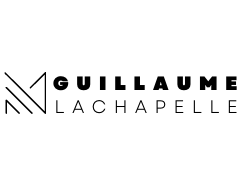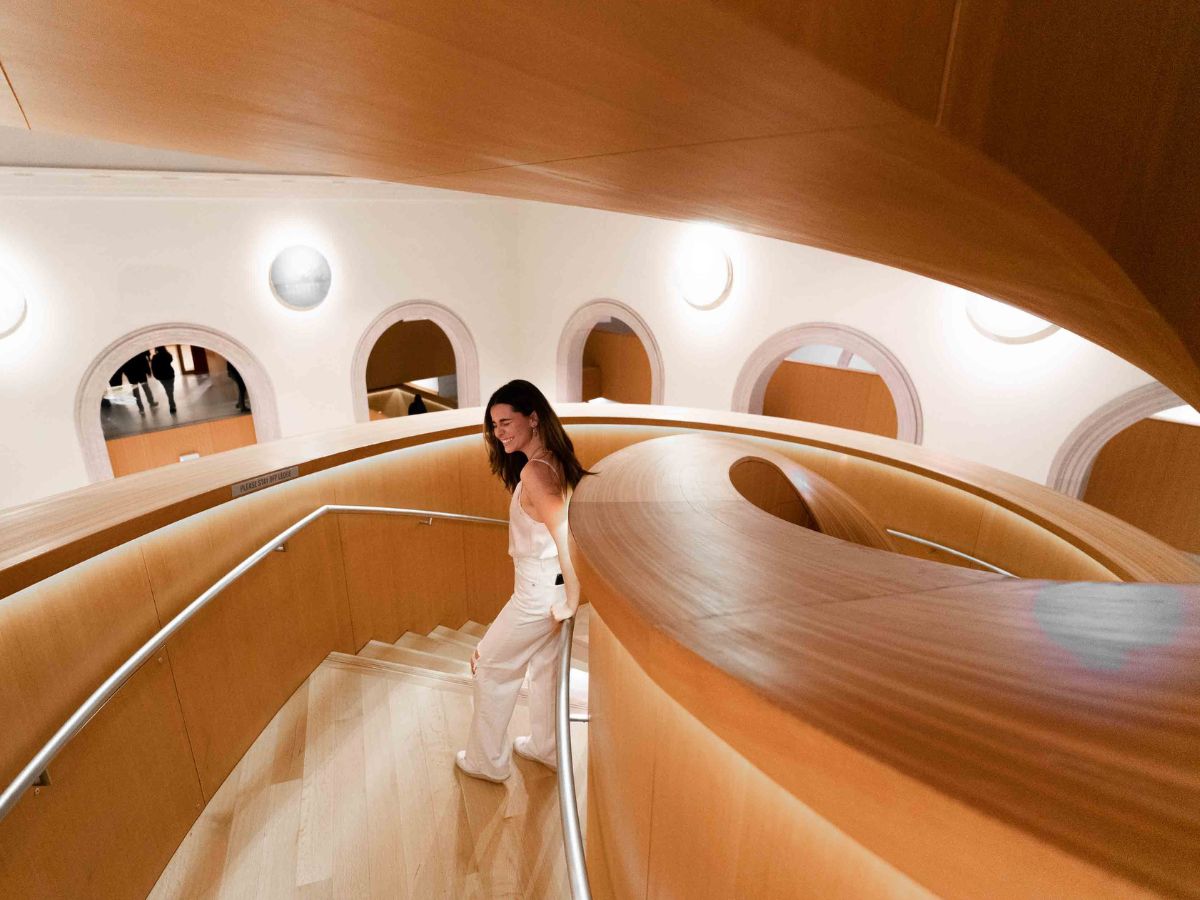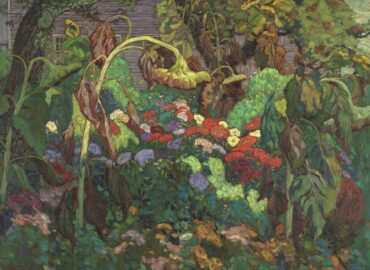About Toronto’s Exhibition
The Art Gallery of Ontario is an extraordinary exhibition of workmanship. It showcases the best in European and Canadian artistry. It has been advanced and broadened commonly since the mid-twentieth hundred years when it acquired the magnificent Georgian manor, The Grange. The gallery is at present going through a significant extension to house the Thomson Collection. Here there are around 2,000 works given to the display by Canadian mogul and workmanship gatherer, Kenneth Thomson.
About AGO
AGO is the Art Gallery Of Ontario. It is the largest in North America and the Second largest in Toronto. Because the first largest in Toronto is Royal Ontario Museum. AGO is located in Grange Park. It is near downtown Toronto which is on Dundas Street West. This is one of the largest gallery spaces ie. at 45000 sq. meters. AGO is initiated in 1900 and was known as the Art Museum of Toronto in 1903. But in 1919, it was renamed as Art Gallery of Toronto.
Later in 1966, it was renamed AGO; the Art Gallery of Ontario. This museum has a collection of over 120000 artworks from the 1st century till the present day. It includes arts from Canadian, First Nations, Intuit, African, European and Oceanic artists. The Government of Ontario confirmed the incorporation of the museum by legislation. Thus the museum gets the power of acquiring land for holding many exhibitions
Some European Collections
The European assortments incorporate numerous old experts, among them Brueghel the Younger, Tintoretto, Rembrandt, Frans Hals, de la Tour, and Poussin. A large portion of the late nineteenth and mid-twentieth-century developments in the painting are addressed. Among the photos by the French Impressionists are materials by Monet, Gauguin, Degas, and Renoir, and there are works by Chagall, Picasso, Dufy, and Modigliani. This assortment will be upgraded by the expansion of such fills in as the “Slaughter of the Innocents” by Peter Raul Rubens, part of the Thomson Collection.
The development of Canadian workmanship can be followed, both in Quebec, with fine pictures by craftsmen like Joseph Legare and James Morrice, and most thoroughly of all, in English Canada, where there is a stunning determination of works by the Group of Seven and their partners. A genuine fascination is an inventive establishment where you are taken through a personal experience with one of Canada’s cutting-edge show-stoppers.
Later in the 1970s, the museum expanded its space and there were European and Canadian artworks to present. The setting for the radiant and unparalleled assortment of Henry Moore models dates from 1974. And it was planned by the craftsman himself. Bronzes, mortars, and mortar maquettes are shown in a huge space with regular light entering the roof. The exhibition’s assortment of Henry Moore’s works contains a few “Leaning back Figures,”. That is one of the stone worker’s number one topics.
Renovation during 2010
The exhibition hall opened the Weston Family Learning Center in October 2011, planned by Hariri Pontarini Architects. The 3,252-square-meter (35,000 sq ft) space is an investigation workmanship focus, highlighting an active place for kids, a young community, and a craftsmanship studio and studio.[47] Several months after the fact, in April 2012, the gallery opened the David Milne Study Center, which was planned by KPMB Architects. The expense to construct the David Milne Study Center expense the gallery around C$1 million.
The South Entrance and parlor outside the library, likewise planned by Hariri Pontarini Architects, was opened in July 2017. The redesigned and renamed J. S. McLean Center for Indigenous and Canadian Art opened in July 2018.
Museum’s Permanent Collections
Prior’s long-lasting assortment saw huge development in the late twentieth and mid 21st hundred years. The gallery’s super durable assortment developed from 3,400 works in 1960 to 10,700 of 1985. As of March 2021, the AGO’s long-lasting assortment holds more than 120,000 pieces. Addressing numerous creative developments and periods of craftsmanship history. The historical centre’s assortment is coordinated into a few “assortment regions,”. That which commonly envelop works from particularly fine art, craftsman, sponsor, sequential period, or geographic district. Until the mid-1980s, turns out gathered for the exhibition hall’s assortment were fundamentally Canadian or European specialists. Its assortment has since extended to remember fine arts from the Indigenous people groups of Canada, and different societies from around the world.
The exhibition hall’s African assortment incorporates 95 craftsmanships, the vast majority of which begin from nineteenth-century Sahara. Shown at an extremely durable exhibition on the second floor of the gallery. But the vast majority of the pieces in the African assortment were talented to the historical centre by Murray Frum. Along with the principal pieces given to the exhibition hall in 1972. The exhibition hall likewise has various Ethiopian Christian original copies and craftsmanships. Albeit these works structure a section Thomson Collection of boxwoods and ivories.
In 2002, the historical centre passed on 1,000 works by Aboriginal Australian and Torres Strait Islanders artists.[60] Some of these things are displayed in an exhibition on the second floor of the gallery. In 2004, Kenneth Thomson gave more than 2,000 works from his own assortment to the museum. Although most of the Thomson assortment comprises of works by Canadian or European craftsmen. The assortment additionally remembers works made by specialists for different areas of the planet.
Types of Artwork present in this museum are Canadian, Contemporary, European, Modern, Photography, Prints and Drawings.


